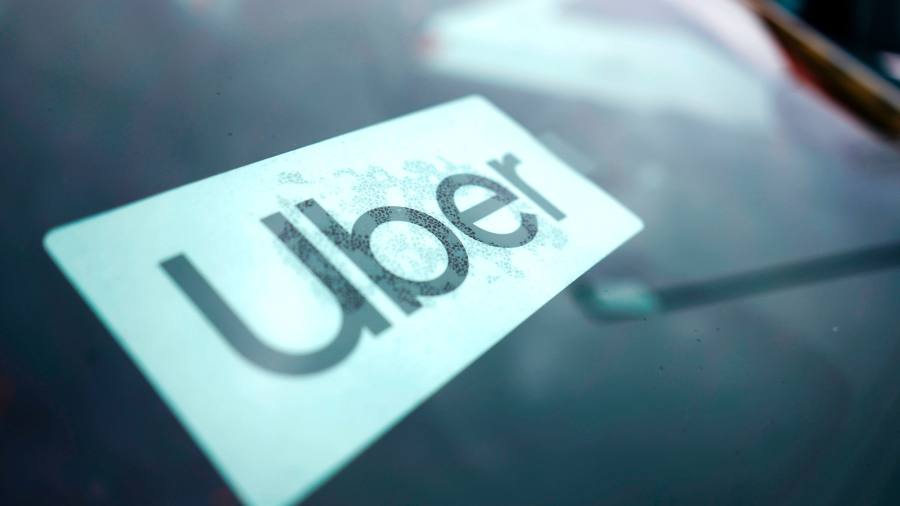
Uber has launched its global advertising unit with the goal of creating a $1bn business within the next two years by displaying promotions within its apps, on top of cars and on the back of seats.
The division, led by former Amazon advertising executive Mark Grether, was formed earlier this year to build on its current ad business, which mostly consists of ads within its Uber Eats app, as well as car-top billboards in a few markets.
Uber’s chief executive Dara Khosrowshahi has said the company was targeting $1bn in gross ad bookings by 2024, on an annualised basis. In the second quarter of this year, the existing ad business had an annual gross bookings run rate of $350mn, Khosrowshahi said during an investor conference last month.
Uber said its advertising platform was live in dozens of countries and would expand its international footprint over the next year.
The new ad formats, which have been piloted in some markets, include displaying promotions within the Uber app to customers as they book or complete a journey. Brands will also be able to have emails sent to Uber’s 122mn active users globally, or place ads on the homepage of the Uber Eats app.
The company is piloting a scheme in Los Angeles and San Francisco in which tablets attached to the back of car seats are used to display trip information and advertising. Riders would have “full control” over any ads with sound, Uber said.
“Through our advertising division, we can help leading brands grow their relationships with consumers by connecting them at a moment when a customer is uniquely attentive,” Grether said in a statement on Wednesday.
The move follows similar efforts from rivals DoorDash and Lyft as the gig economy companies turn to advertising as a new high-margin revenue stream, with marketers seeking new places to reach consumers following Apple’s recent privacy changes. The changes, which restrict data gathered for targeted ads, stand to benefit marketplace businesses that have a large amount of first-party data on consumer habits and intent.
Andrew Lipsman, from advertising research group Insider Intelligence, said Uber lagged DoorDash and Instacart when it came to revenue generated by search ads. He added that increasing advertising to the trip experience could backfire.
“Ads on tablets in the back seat is a risky proposition. Autoplay video ads are an ad format users almost universally hate, and were a key reason users abandoned taxis in favour of Ubers in the first place.”
Uber’s car-top advertising programme, which it has offered since 2019 in a handful of cities, pays drivers “rent” based on the amount of time driven with the ads. Uber declined to provide additional details on how drivers might be compensated for allowing advertising within their vehicles.
Speaking to the Financial Times earlier this month, Uber’s head of mobility Andrew Macdonald suggested advertising could be used to subsidise the cost of trips without decreasing drivers’ earnings.
“If drivers earn more dollars because they’re also monetising their asset — their car — then we can keep rider prices lower,” said Macdonald. “This is one of the few things we can do where drivers earn more dollars per hour without us having to charge a consumer a single extra penny.”